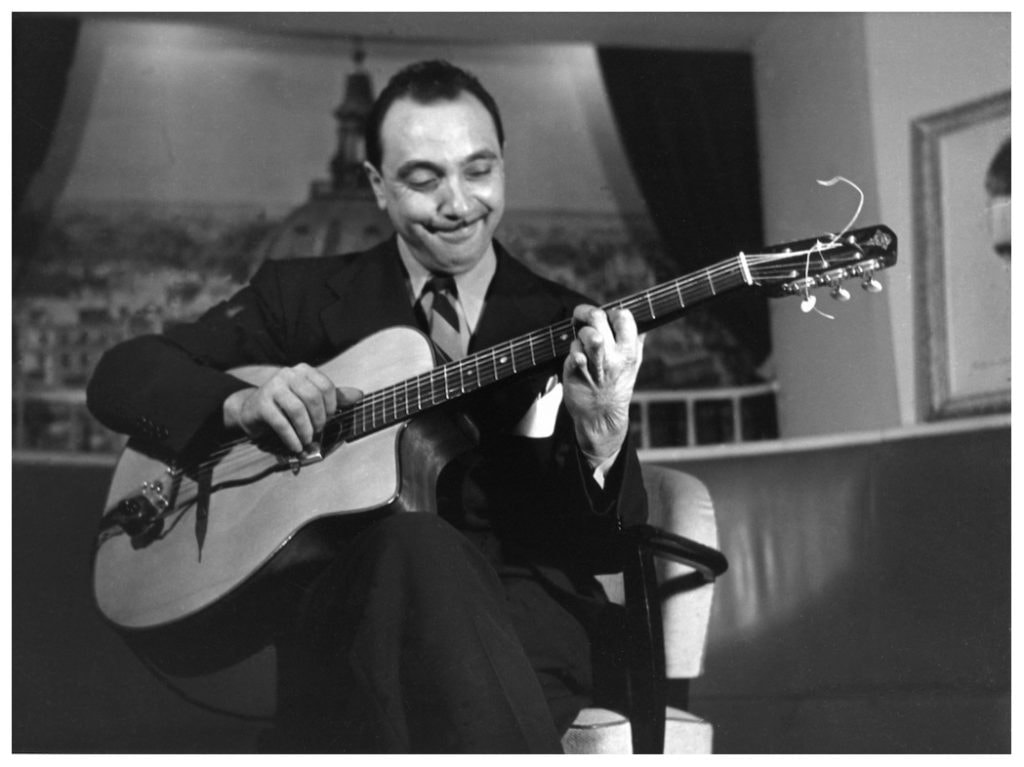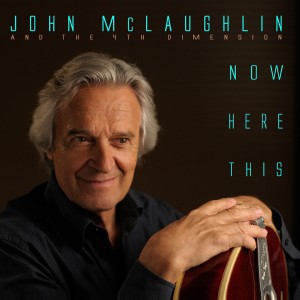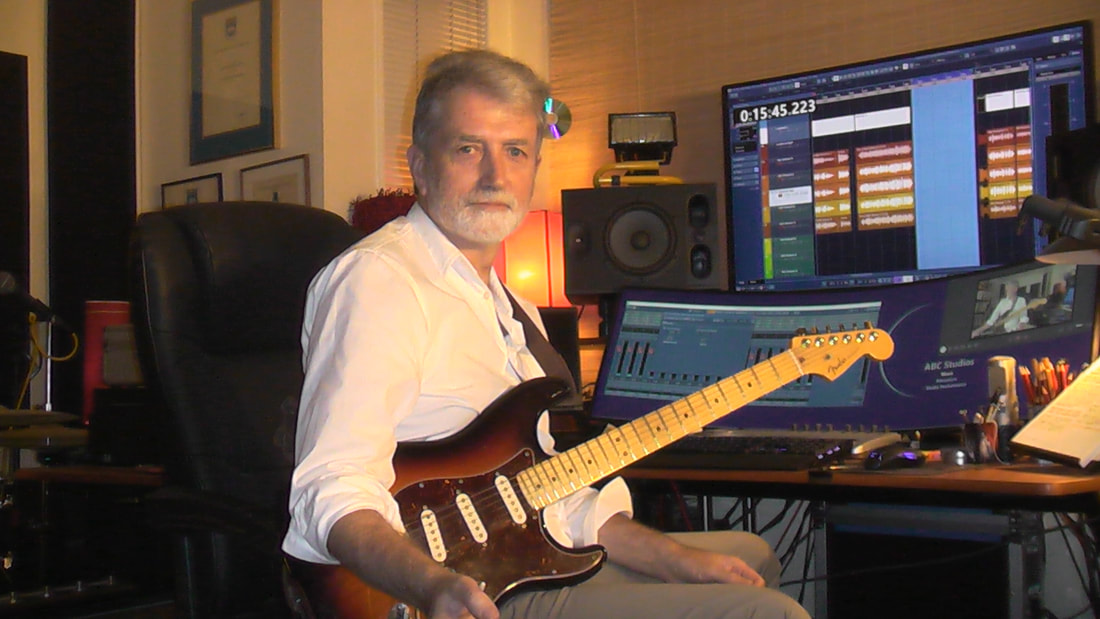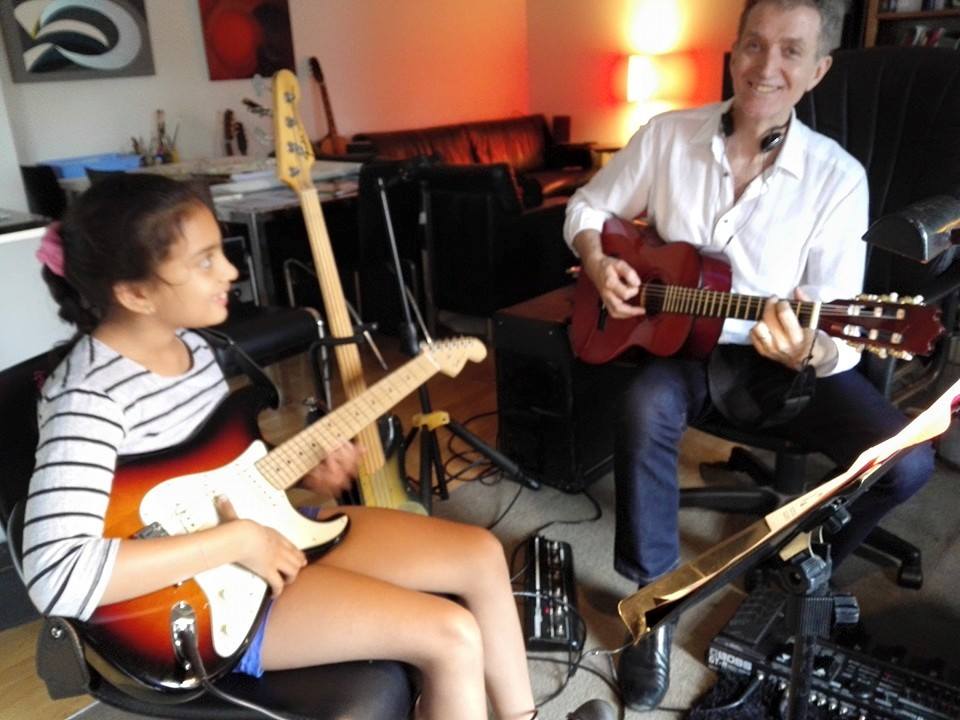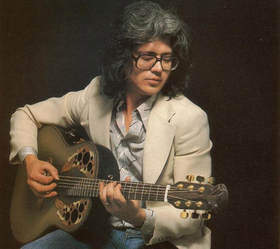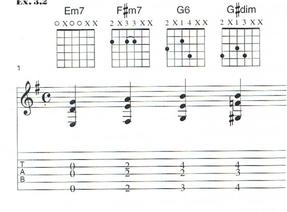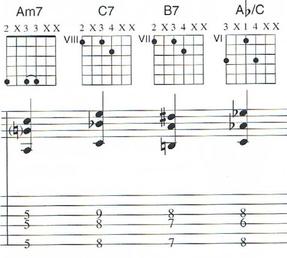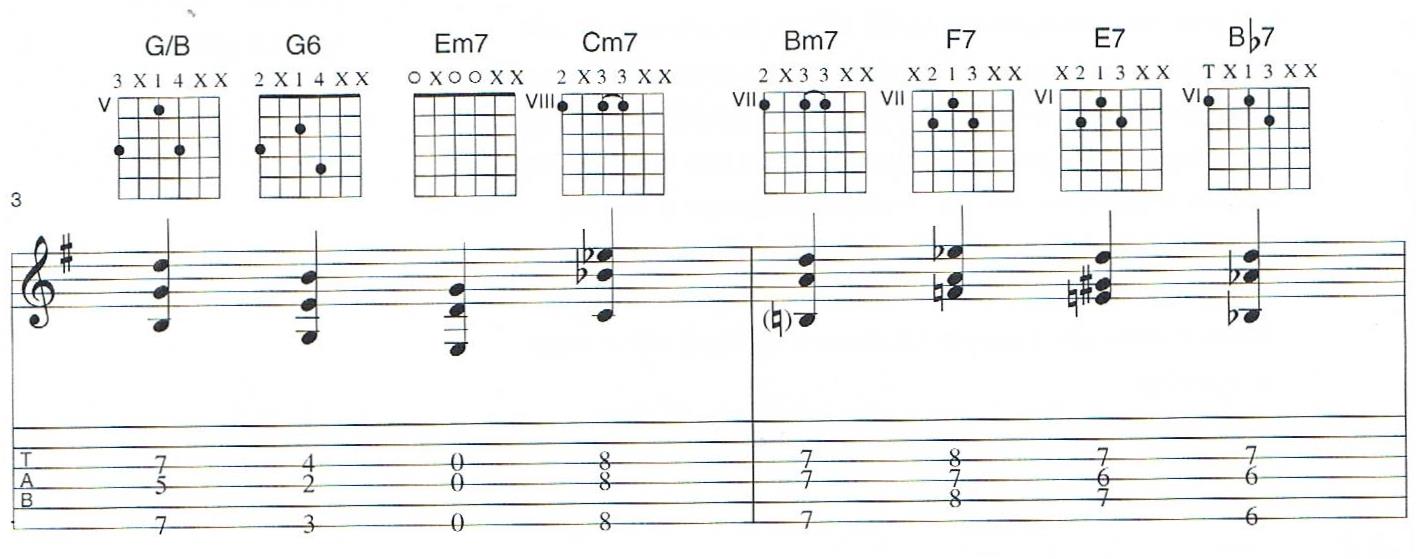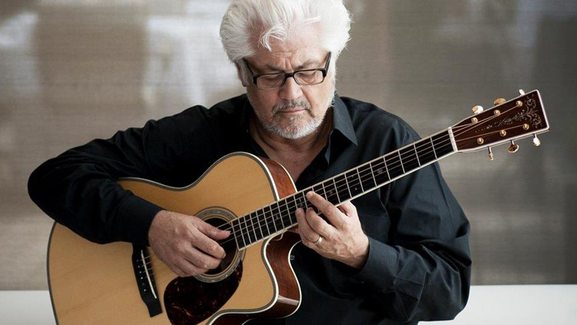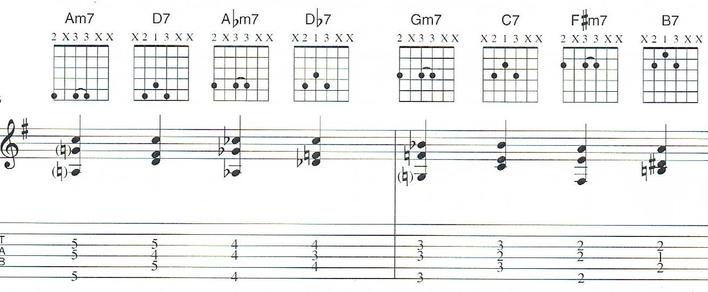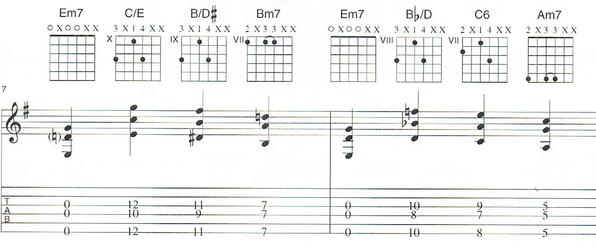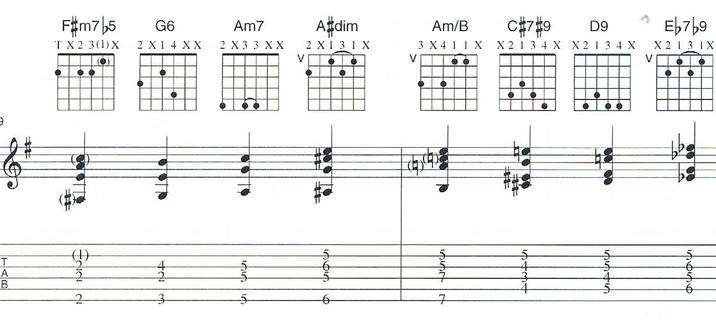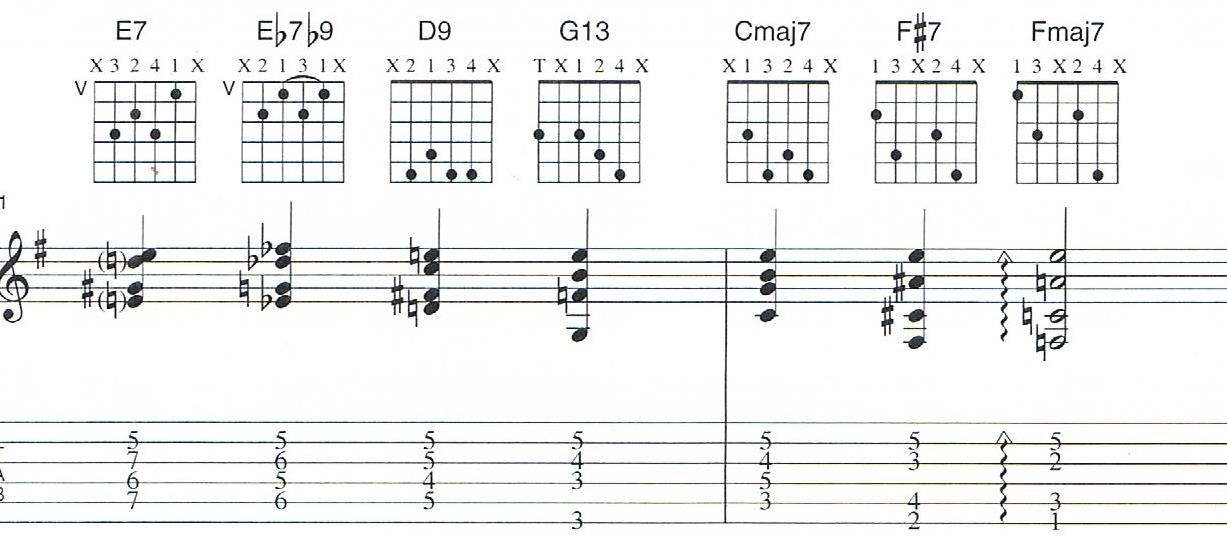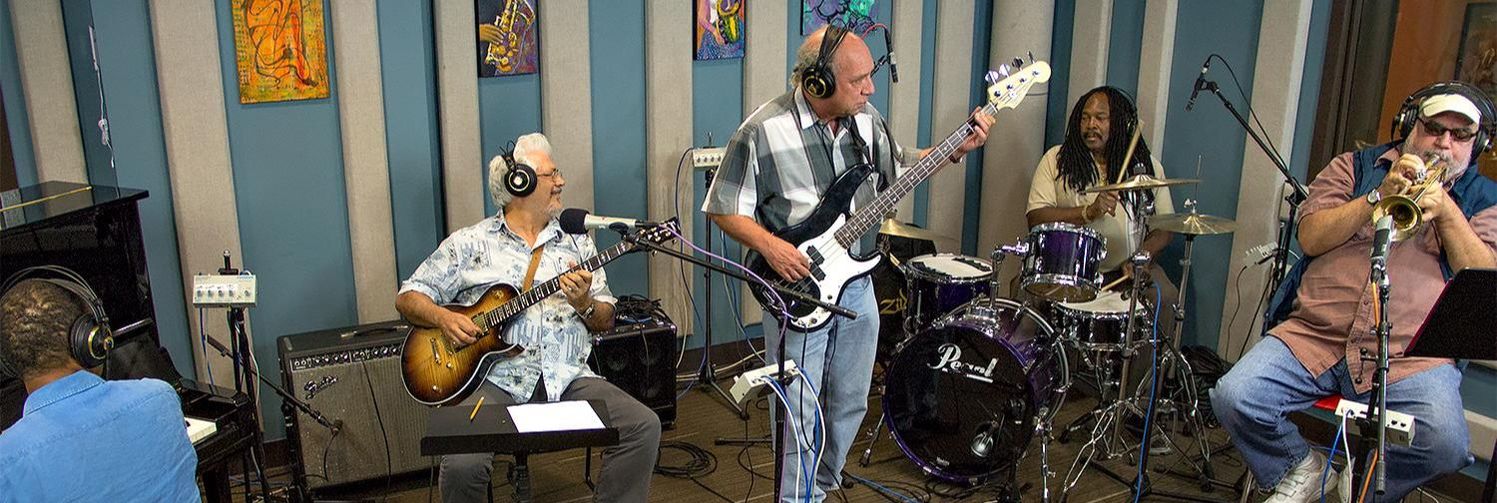| First published 20th March 2017 From The Studio: Music As Resistance Musicians are funny people. By funny I do not mean they are comedians. Sometimes they are, of course. Look at Flight of The Conchords! Very funny. Then we all know that musicians carry strange-looking cases around town. They put double basses in taxi-cabs and lug great speaker-boxes into small bars. We know this already. What I mean is that musicians as a bunch are funny-peculiar. They are on the one hand, quite conservative, disciplined, sometimes obsessive and fiercely dedicated to their craft. At the same time they can also be free, flexible in thought and custom, tolerant of diversity and open-minded. |
What does all this mean?
What I think it means is that music by its nature requires dedication, discipline and devotion. At the same time, it requires flexibility and freedom. Musicians continually revisit their music - every time they perform and try to make it sound fresh and timely. This happens in classical music, where the symphony orchestras never seem to tire of playing the same eighteenth and nineteenth-century orchestral works again and again. A new conductor, a new version, new costumes, faster, slower, bigger, better. They act as custodians for the music museum, and they strive to make it new again and again. Modern musicians are like that too. They write a song, then keep changing it and modifying it. Sometimes they get into trouble because the musicians want to keep changing the music, rewriting and refining it, while their fans want to hear note-for-note versions of the tracks they have downloaded and often purchased. Sometimes the musicians give in and play exact versions of their songs time and time again, night after night as they entertain their audiences. The older the music becomes the more people want to fix it in stone. To crystallise and polish it. Musicians often come up with clever ways to avoid exact repetition of their material. They put improvised solos in the acts, add and remove instruments, change the words, or make the songs into medleys like Irish band U2 did with Zootopia.
Let’s face it. People do not like doing exactly the same thing night after night. And yet as we get older we found ourselves doing just that. The news at six, the gym at 5:30p.m. After-work beer on Fridays, church on Sunday morning. At times our human lives seem to be endless loops of routine.
Creative people try to break free of this. Not just musicians. It happens in business, in technology, it is part of human nature to innovate and create new things - to resist routine and re-invent ourselves.
What I think it means is that music by its nature requires dedication, discipline and devotion. At the same time, it requires flexibility and freedom. Musicians continually revisit their music - every time they perform and try to make it sound fresh and timely. This happens in classical music, where the symphony orchestras never seem to tire of playing the same eighteenth and nineteenth-century orchestral works again and again. A new conductor, a new version, new costumes, faster, slower, bigger, better. They act as custodians for the music museum, and they strive to make it new again and again. Modern musicians are like that too. They write a song, then keep changing it and modifying it. Sometimes they get into trouble because the musicians want to keep changing the music, rewriting and refining it, while their fans want to hear note-for-note versions of the tracks they have downloaded and often purchased. Sometimes the musicians give in and play exact versions of their songs time and time again, night after night as they entertain their audiences. The older the music becomes the more people want to fix it in stone. To crystallise and polish it. Musicians often come up with clever ways to avoid exact repetition of their material. They put improvised solos in the acts, add and remove instruments, change the words, or make the songs into medleys like Irish band U2 did with Zootopia.
Let’s face it. People do not like doing exactly the same thing night after night. And yet as we get older we found ourselves doing just that. The news at six, the gym at 5:30p.m. After-work beer on Fridays, church on Sunday morning. At times our human lives seem to be endless loops of routine.
Creative people try to break free of this. Not just musicians. It happens in business, in technology, it is part of human nature to innovate and create new things - to resist routine and re-invent ourselves.
| In music, this re-interpretation can be slow or fast. This year's performance of German composer Beethoven's fifth symphony (1804 - 1808) is probably not going to be a lot different from last year's, despite what the marketing guys tell us. Music can change fast and be re-interpreted quite radically. That brings me to one of my favourite musicians - Miles Davis (1926 - 1991). Miles was an American trumpet-player who made a good living out of playing mostly instrumental music. He did this by re-interpreting music and making it sound both good and different. As a child I recall a song called 'Someday My Prince Will Come' from a Walt Disney movie. Thanks to YouTube we can have a quick listen. The song starts at about 46 seconds into the video. It comes from a film called Snow White I heard and saw it on television. Later as a teenager I heard Miles Davis' version of the same tune. Check this out: At first you might think this is just another version of the song. What I would argue is that Miles did not just make a new version. He transformed it from a naive children’s song to a very cool piece of musical art. His music came about through resistance and reinterpretation. | |
So what?
This brings me to the music of today. To be sure we hear re-interpretations of music. People put videos on YouTube of themselves singing and playing music. Many of them copy or attempt to copy famous music. Some of them recode the music and transform it into something new. All of them are variable in quality. It seems that, no matter how expert singers or musicians are, they love to copy and reinterpret. I would like to hear more re-interpreting and less copying. That is to me, what musical art is all about.
Of course, people like to hear copies. Hearing somebody perform a well-known tune triggers memories in our minds and makes us feel connected with our past. The word we use is 'nostalgia'. Hearing things that we have heard before is comforting and familiar. At after-work drinks-time on a Friday for example, women of a certain age may play ABBA songs and sing enthusiastically. This is familiar, homey. Nice.
I would like to hear more re-interpreting and less copying.
Younger people are a bit different. They like nostalgia too but they are also more open to new sounds and they have flexibility of mind to appreciate music for its own sake, without reference to some style from Dad's record collection or what is transmitted from government channels. I like this and I like it because that is one of the ways in which our society renews itself. Not by destroying the past but by choosing the best and most authentic experiences and celebrating them. Remember what I was writing about above? Most people love to break their routines, and love new, fresh, challenging and interesting things. Sometimes though they just get trapped in endless cycles of tedium and repetition that rob them of their joy and suck the life out of them. If you like music and most people do, I hope, then you probably need to choose. Does this music put me on a treadmill or does it set me free? You make the call. You after all have the freedom to choose.Stephen Galvin teaches Singing, Guitar, Bass and Drums at ABC Studios in Auckland's Parnell .
Comments? Say what you think.
Thank you for your interest. Music is of the easiest things to do in the world and one of the most difficult.
ABC Studios Auckland New Zealand {] 0273089796:
www.abcstudios.co.nz
============================================
This brings me to the music of today. To be sure we hear re-interpretations of music. People put videos on YouTube of themselves singing and playing music. Many of them copy or attempt to copy famous music. Some of them recode the music and transform it into something new. All of them are variable in quality. It seems that, no matter how expert singers or musicians are, they love to copy and reinterpret. I would like to hear more re-interpreting and less copying. That is to me, what musical art is all about.
Of course, people like to hear copies. Hearing somebody perform a well-known tune triggers memories in our minds and makes us feel connected with our past. The word we use is 'nostalgia'. Hearing things that we have heard before is comforting and familiar. At after-work drinks-time on a Friday for example, women of a certain age may play ABBA songs and sing enthusiastically. This is familiar, homey. Nice.
I would like to hear more re-interpreting and less copying.
Younger people are a bit different. They like nostalgia too but they are also more open to new sounds and they have flexibility of mind to appreciate music for its own sake, without reference to some style from Dad's record collection or what is transmitted from government channels. I like this and I like it because that is one of the ways in which our society renews itself. Not by destroying the past but by choosing the best and most authentic experiences and celebrating them. Remember what I was writing about above? Most people love to break their routines, and love new, fresh, challenging and interesting things. Sometimes though they just get trapped in endless cycles of tedium and repetition that rob them of their joy and suck the life out of them. If you like music and most people do, I hope, then you probably need to choose. Does this music put me on a treadmill or does it set me free? You make the call. You after all have the freedom to choose.Stephen Galvin teaches Singing, Guitar, Bass and Drums at ABC Studios in Auckland's Parnell .
Comments? Say what you think.
Thank you for your interest. Music is of the easiest things to do in the world and one of the most difficult.
ABC Studios Auckland New Zealand {] 0273089796:
www.abcstudios.co.nz
============================================


